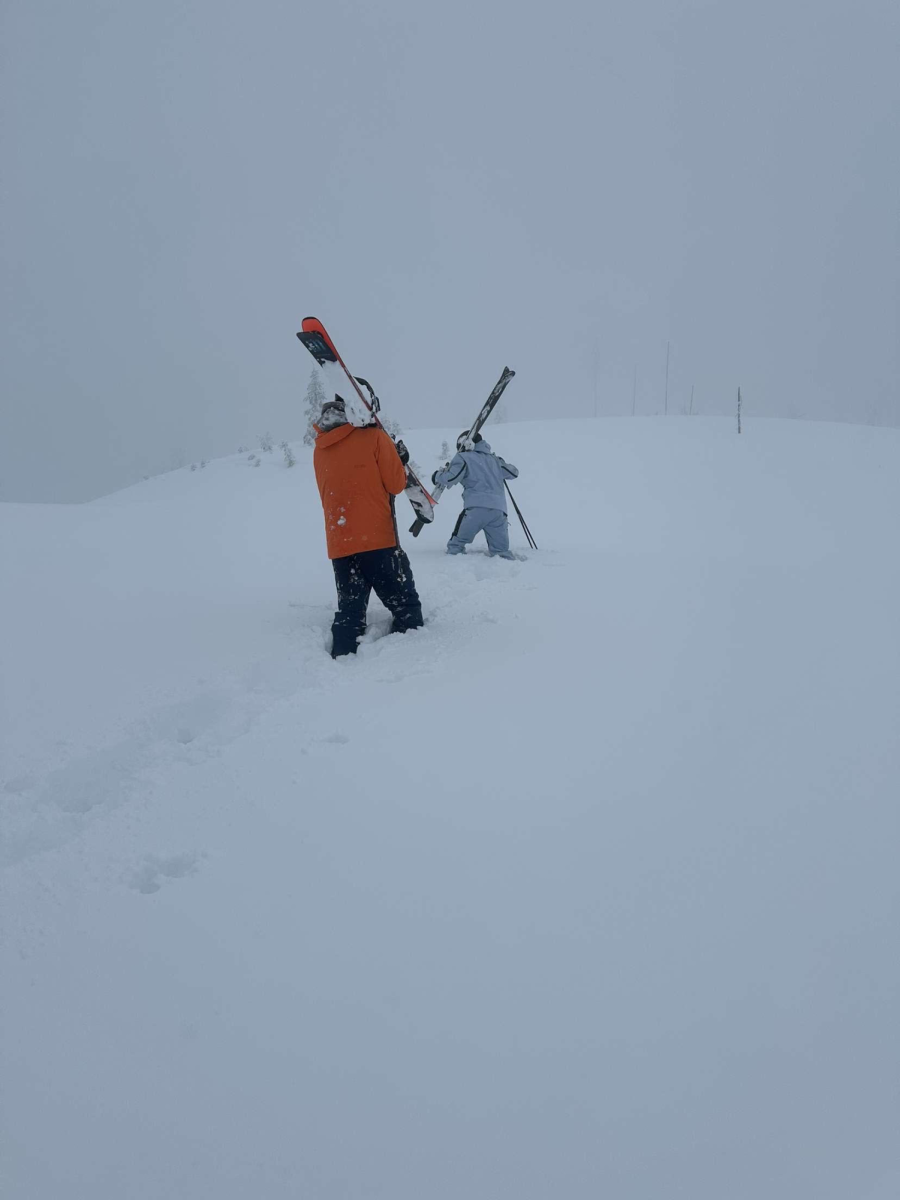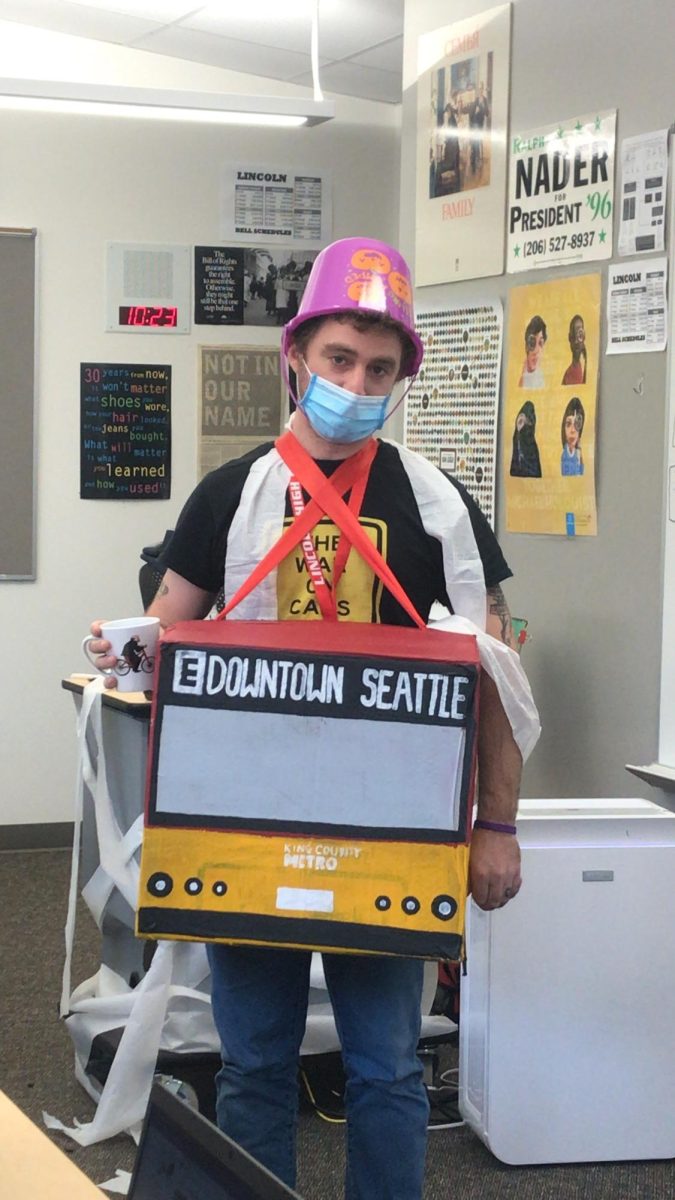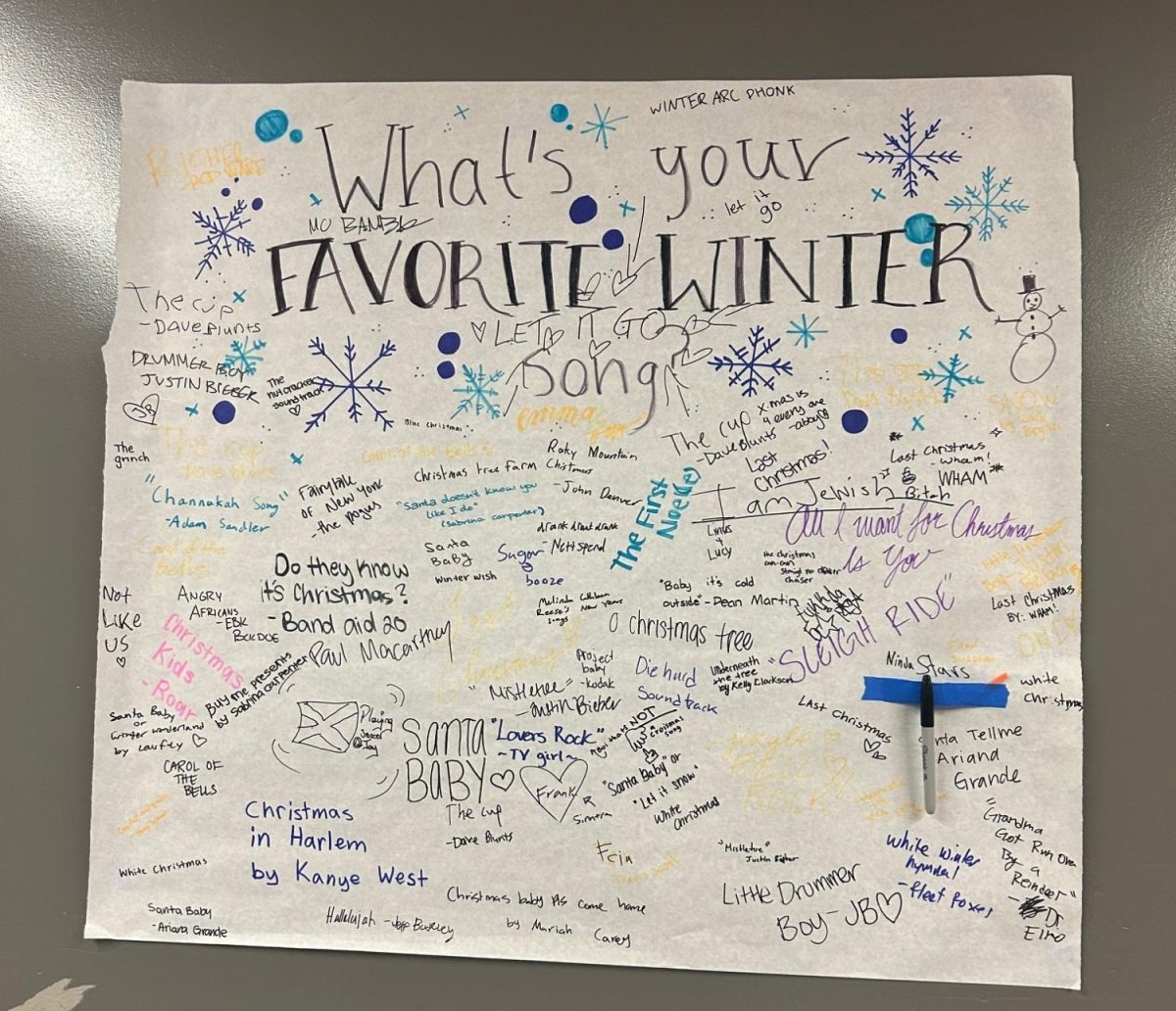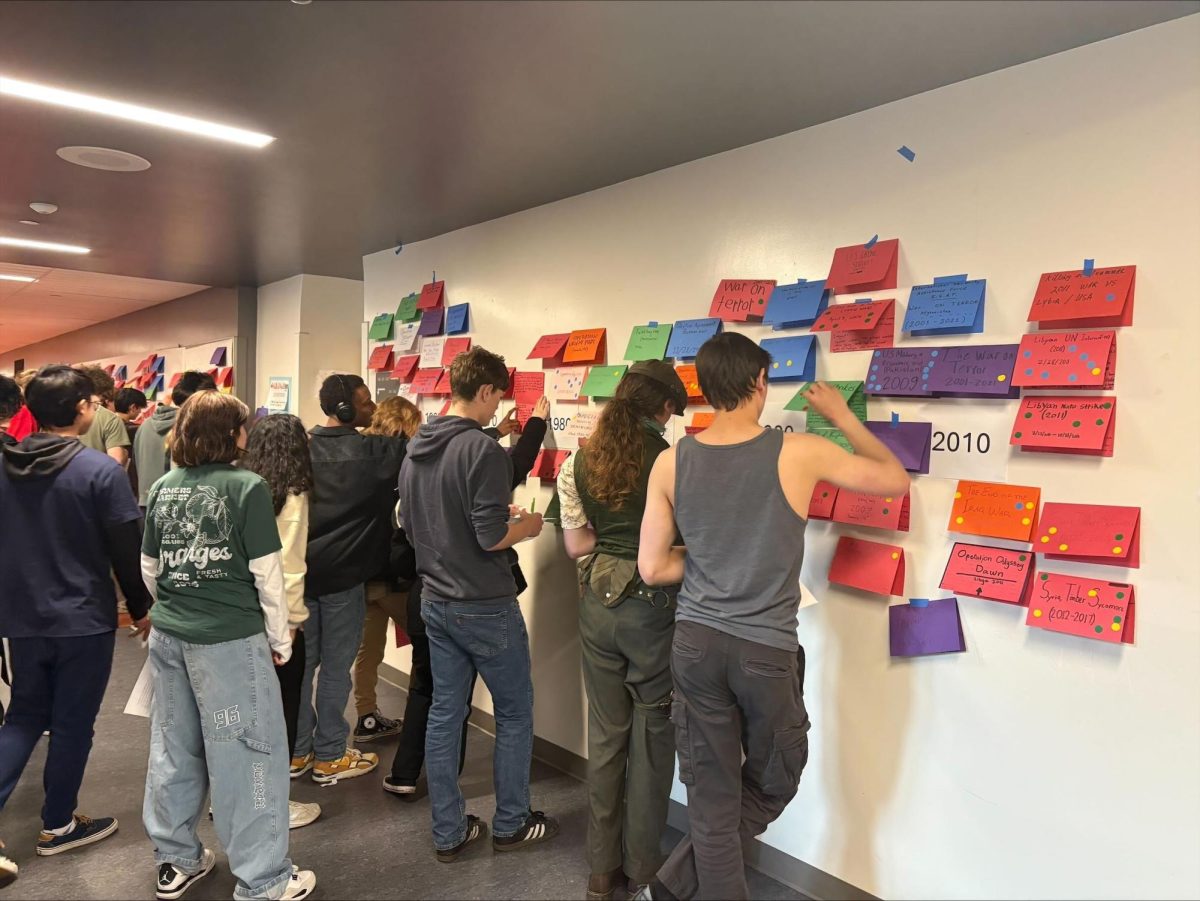On February 5th, 10:15 a.m., the wing of a Japan Airlines plane crashed into the tail of a Delta Airlines plane on the Seattle-Tacoma Airport runway. No injuries were reported, however passengers noticed the plane rocking back and forth when the collision occurred. Although over 180 flights were delayed as a result of this incident, passengers and crew were all safe and remained calm throughout the experience. Other air traffic incidents that have occurred over the last few weeks, however, have been far more serious.
Over the preceding few weeks, there had been a dramatic increase in the number in aviation accidents, with three deadly plane crashes occurring between January 29th and February 6th, a mere nine day time frame. To gain some perspective on the current state of the National Air Transport system, I spoke to Kaitlin Eby, a Bombardier CRJ pilot for SkyWest airlines. With her previous experience flying with Universal Helicopters and a Bachelor’s of Science degree in aeronautics, aviation & aerospace, her perspective on the current happenings was very informative.
“It is something in my personal opinion that over the years since the last major crash (in 2009)… pilots have slowly let down their guard, falling into the hazardous attitude of invulnerability.” Elby claimed. She was very vocal in the opinion that over the years pilots have slowly lost the increased sense of awareness they require when flying, leading to “small errors growing into large ones.”
When asked if she believes that the incidents occurring lately have a direct correlation with the amount of layoffs that have occurred in the FAA as a result of the Trump Administration, she staunchly refuted the claim. Instead, she cited how there have been shortages in staffing for many years, as air traffic controllers have one of the most demanding jobs, with one of the highest suicide rates.
“Ultimately, we need less focus on FAA actions and more emphasis on training more air traffic controllers,” she stated. “Overall, the FAA changes have almost no effect on safety from my experience.”
She also discussed how many of the recent events that have occurred, (the DC helicopter crash, the Toronto regional jet that was flipped upside down, and the previously mentioned incident at the Seattle airport), were being grouped into the same category purely so they could be sensationalized.
“Crashes in general aviation are much more common than most people realize. Often times when a general aviation crash happens, it may only reach local media, but almost never mainstream media,” Elby wrote. “The likelihood of a fatal crash in general aviation is much higher than the likelihood of a commercial airline fatal crash.” Elby believes that despite the firings that have occurred in the FAA, the National Air Transport system will continue to function as it has before.
“As for the FAA and the layoffs, I believe that they will be able to still function as they do now… those laid off are not necessarily as essential to safety as people think they are.” She said. “It has always been my experience that the FAA is slow to process information and do work they are employed to do.”
So what was the real cause of the SeaTac Airport crash? Elby says it all comes down to pilot error.
“The vast majority of plane crashes happen due to pilot error, as exemplified in the DC accident with the helicopter being at an altitude higher than it was supposed to be, and the Seattle incident where the pilots did not verify wing clearance before continuing their taxi.” She believes that air traffic controllers and the FAA actually have much less impact on the recent crashes than the media leads many to believe, and urges people to remember that flying is still one of the safest forms of travel.
While you may be inclined to cancel your upcoming flights based on what you’ve seen in the media, according to Elby, commercial flying remains a tried and true method of transportation. “If you compare the likelihood of an airline crash injury versus injuries in car crashes, a passenger injured in a car crash is a rate of 42 per 100 million miles versus an air travel injury rate of .007 per 100 million miles… the most dangerous part of my job by far is the drive I make to the airport.”
Categories:
Planes Collide on SeaTac Runway
1
More to Discover
About the Contributor
Morgan Siska, Editor-in-Chief



























